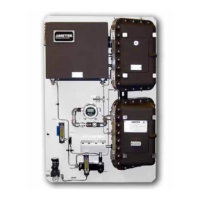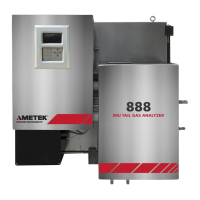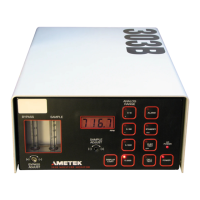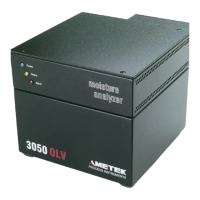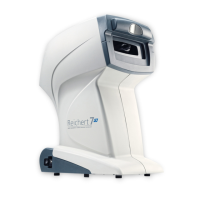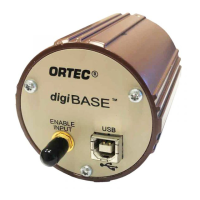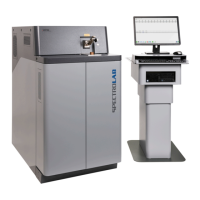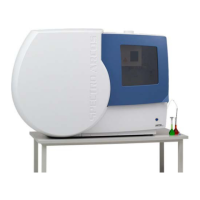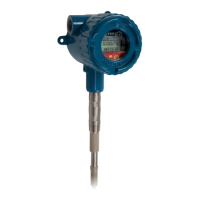Calibration | 5-1
CALIBRATION
This procedure describes calibrating the analyzer and the various optional
infrared (IR) and thermal conductivity (TC) sensors that can be used with
the Model 933S Analyzer. The procedure is generally the same for each
of the sensors, except where noted. To verify range and output gas type
requirements for the sensor(s) used in your application, refer to the Final
“As-Built” drawings, included in the Supplemental Information section of
this manual.
The IR Sensors (for measuring CO
2
and/or Hydrocarbons) are zeroed
automatically each time an analyzer Auto-Zero is done, typically ev-
ery 24 hours. These sensors can be spanned approximately every three
months, or as required.
The TC Sensor(s) (for measuring H
2
) may require calibration once or
twice each month, depending on the H
2
Sensor readings. Typically, if
readings are out by > 2 % of full-scale, span the TC sensor.
For best accuracy, ensure the unit has been powered up for a mini-
mum of 30 minutes – and the Analyzer Oven has reached a stable
temperature – prior to zeroing or calibrating the sensor(s).
Hazardous Locations
Before proceeding, test the area around the analyzer for explosive
gases and proceed only when the area is found to be safe.
Do not remove the cover of the Explosion-Proof Digital Communica-
tions Port on the front of the Lower Enclosure, do not connect a serial
cable to the Communications Port, do not open the Upper/Lower En-
closures, and do not power up/down the analyzer or computer if there
is an explosive gas atmosphere present.
Maintenance personnel should be thoroughly familiar with the opera-
tion of the analyzer and the System 200 Configurator Software before
performing the maintenance procedures described in this chapter.
!
WARNING
NOTE
NOTE

